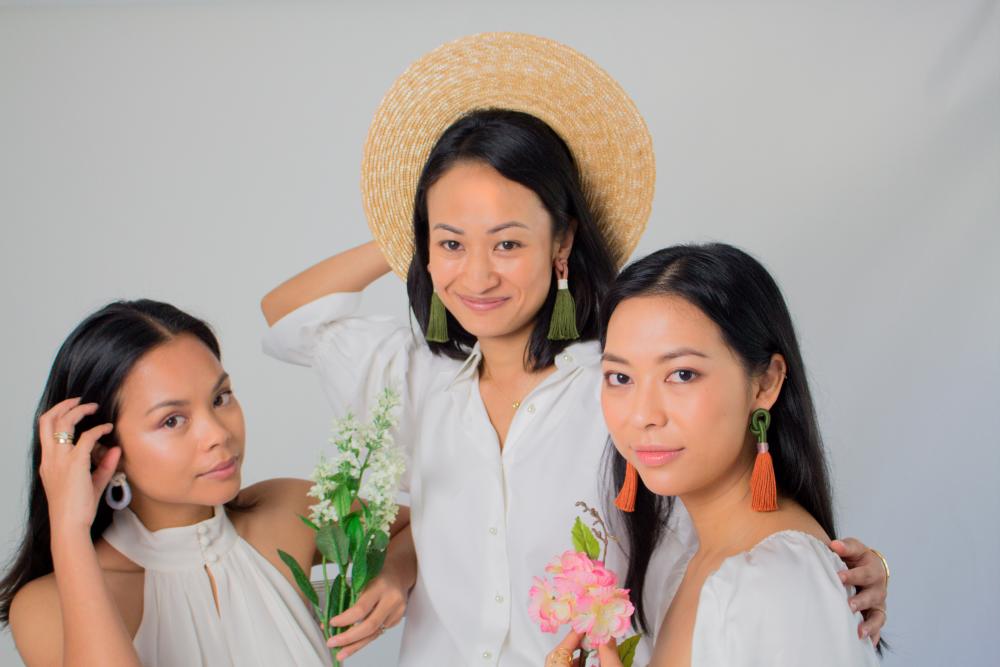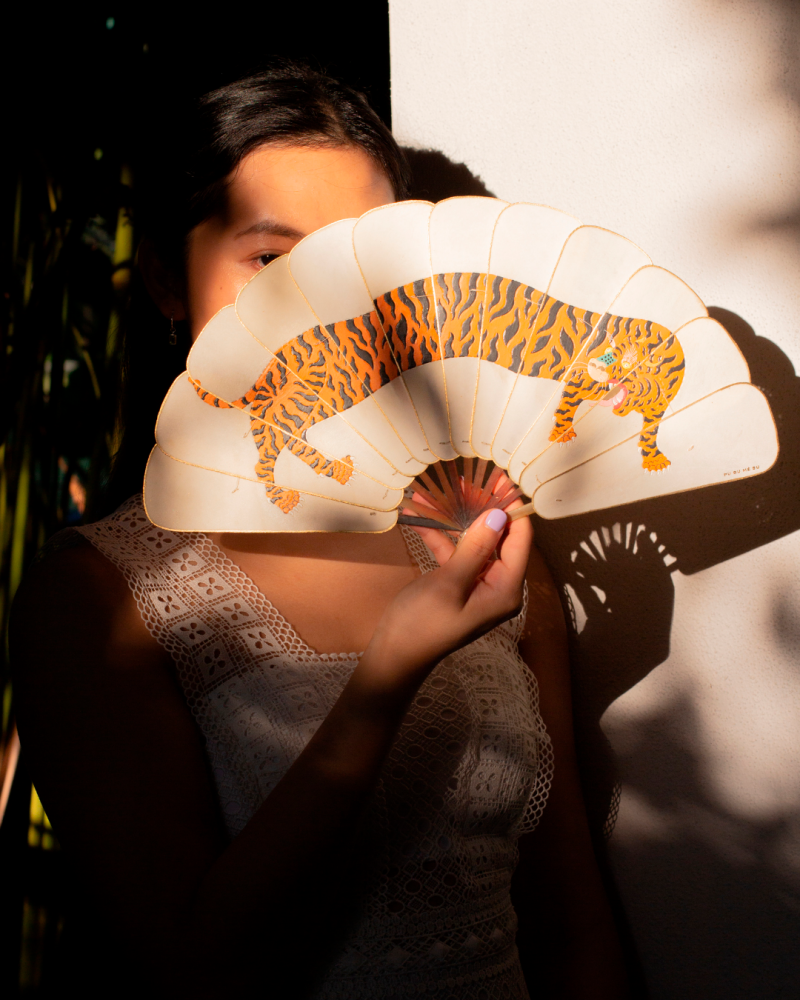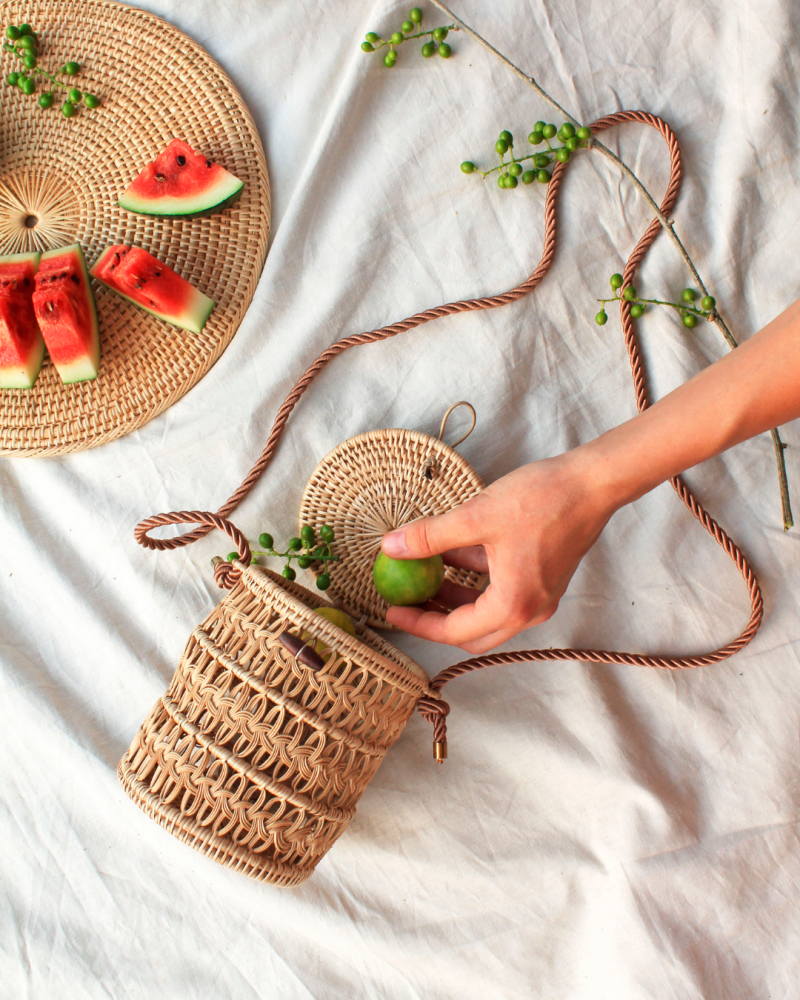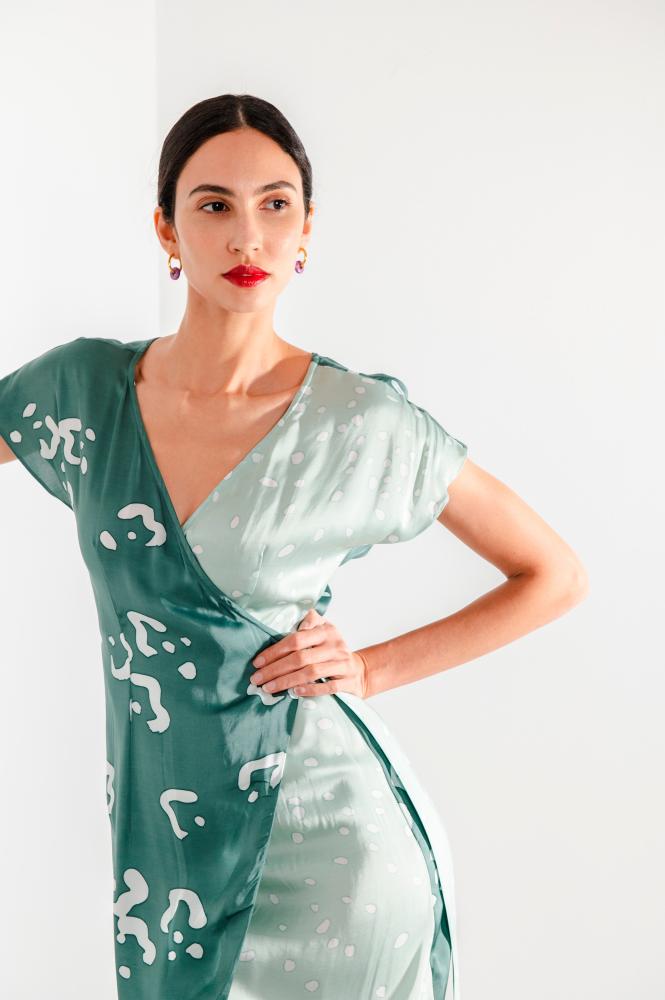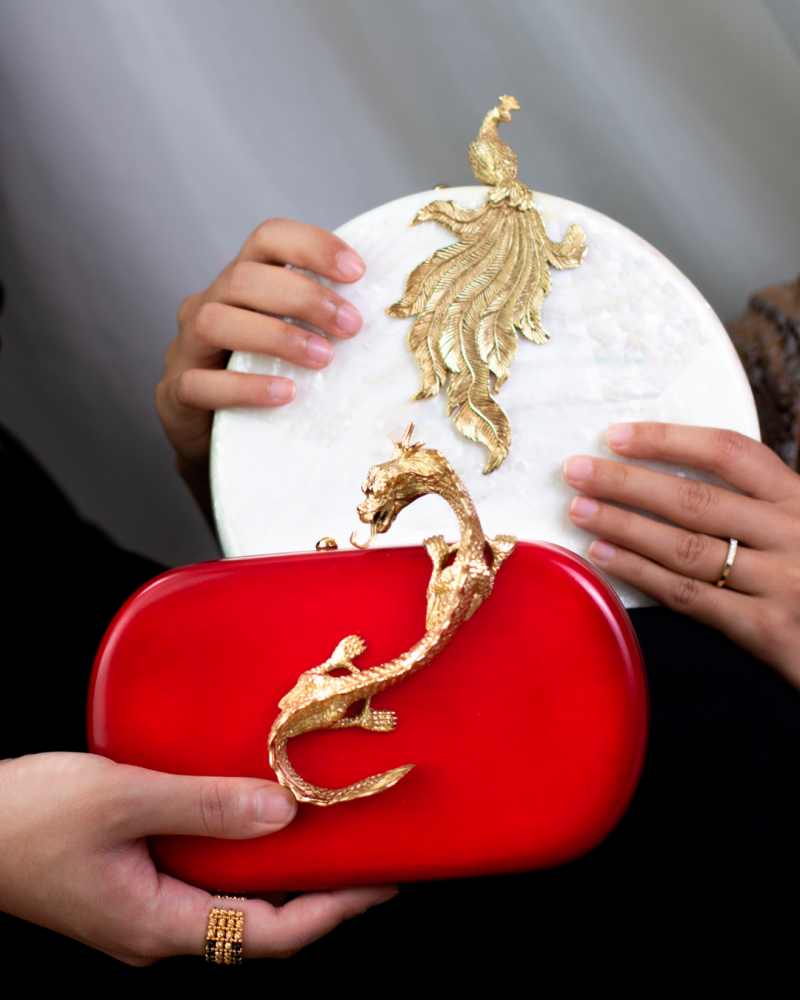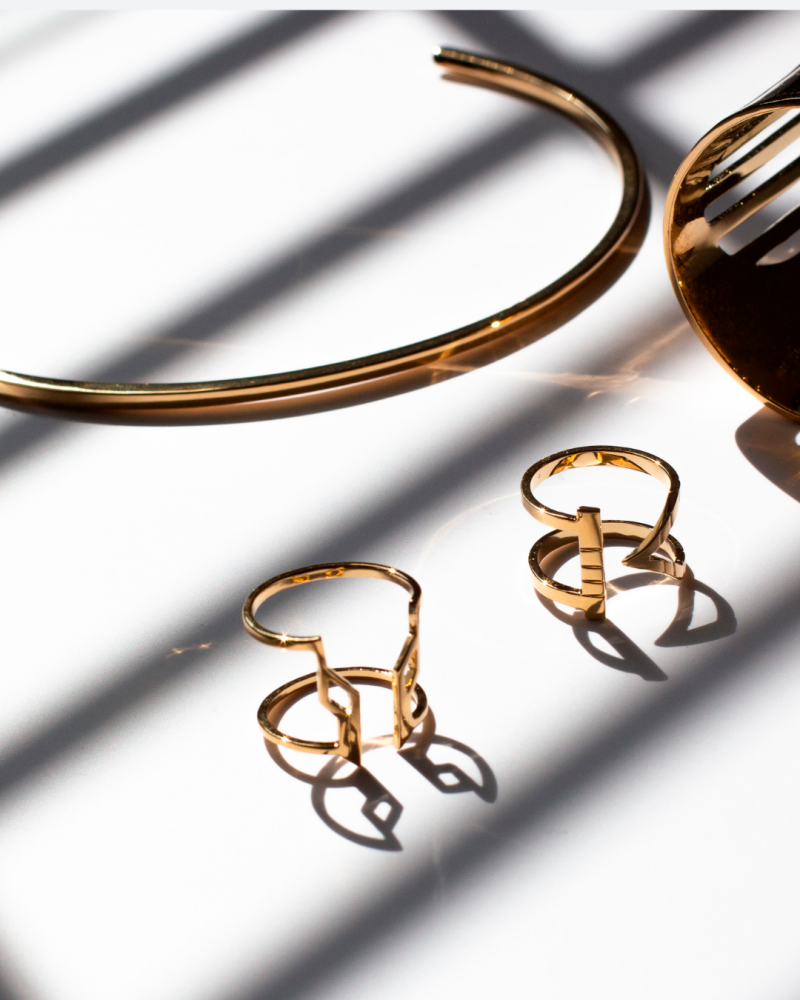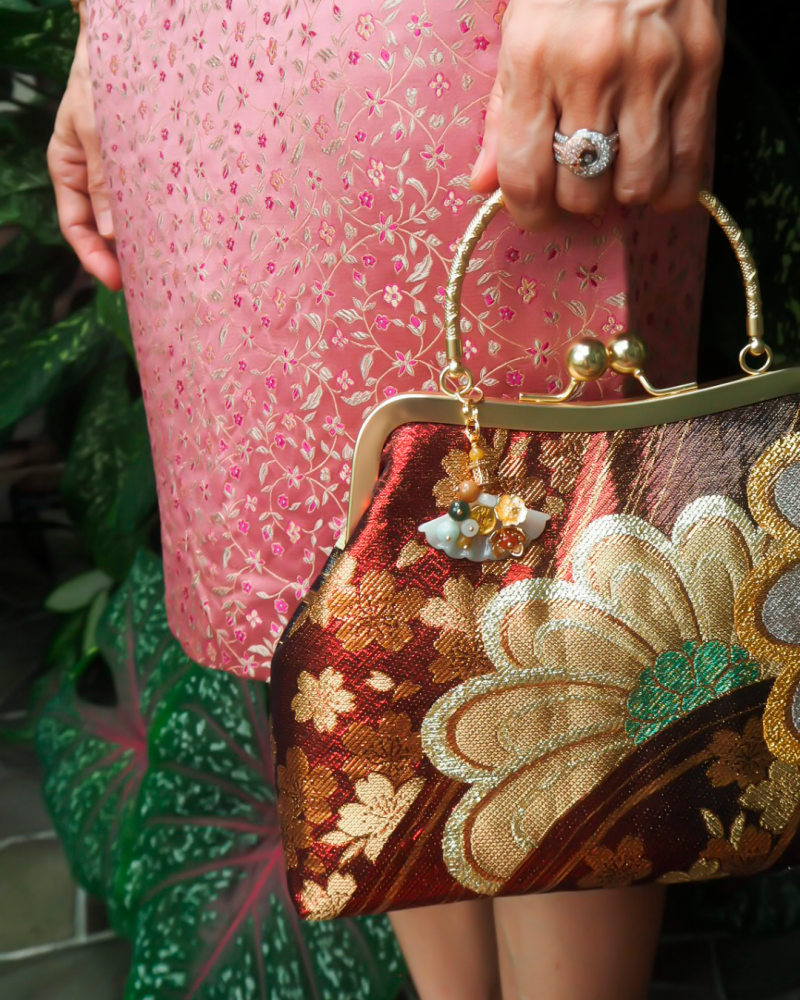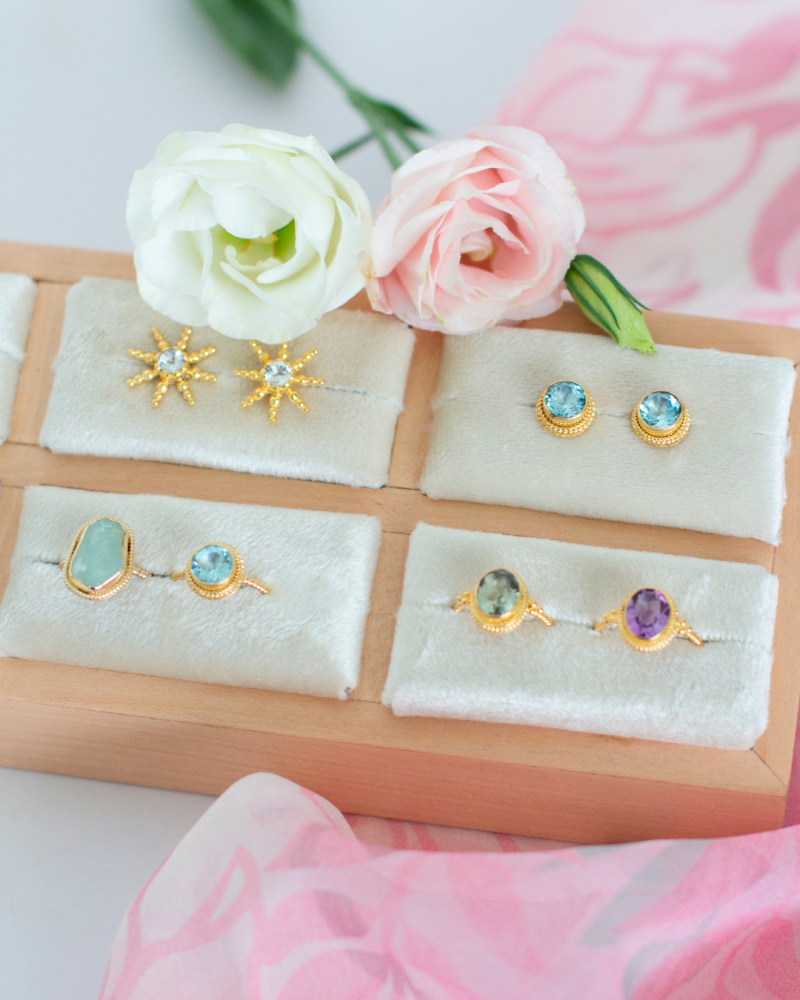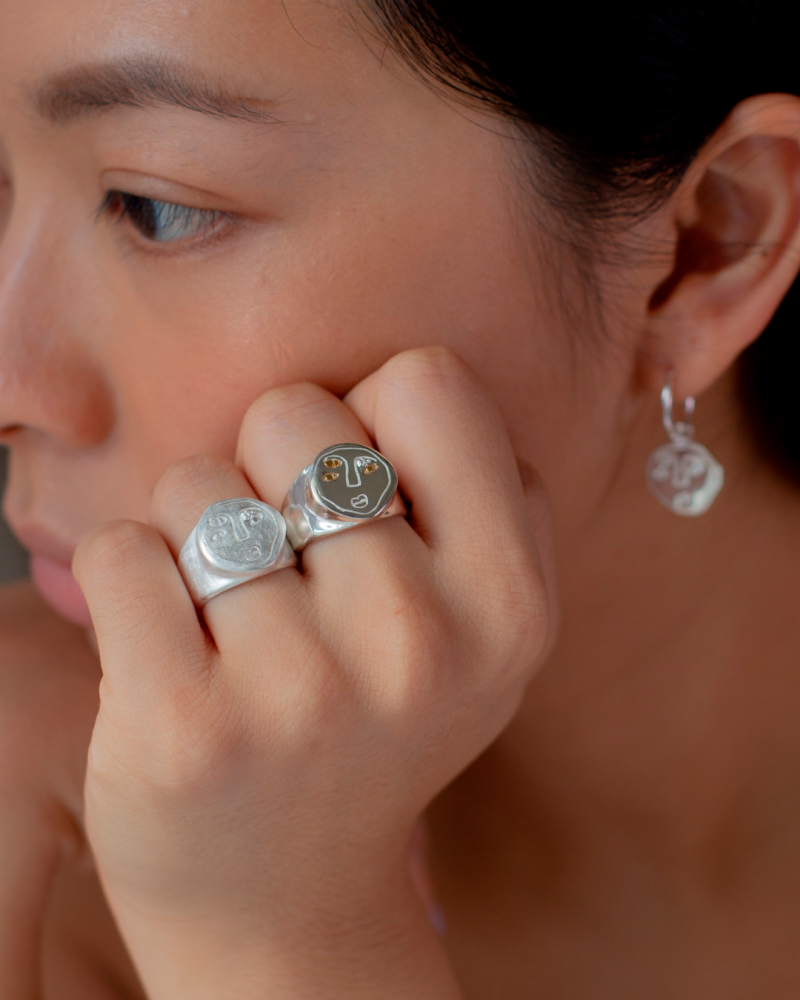THREE Malaysian women grew up together with one shared love – SouthEast Asia’s cultural heritage.
The trio did what enterprising fashionistas dream of doing – channel their passion into building an e-commerce platform, Dia, that showcases the region’s artisanal labels and crafts for a global audience.
In the choc-a-bloc universe of online retail, Dia plans to win the affections of the world-class shopper, thanks to its strong founding mission.
“Our foundational purpose has always been about sharing the real, personal stories behind Southeast Asia’s creators,’’ explains Aisha Hassan.
Her business partners are Kylie Francis and Alia Farouk.
“The beautiful products we sell are simply an extension of those people.”
When others treat digital channels as a one-way street to offer fashion goods and services, Dia creates a two-way dialogue through which emotional storytelling can be transferred.
Dia features covetable Southeast Asian labels that uniquely fuse heritage craftsmanship with modern design.
These include Singaporean jewellery brand ALT’s bold statement pieces crafted with old bullet casings in Cambodia, and SOPHIA by Shirley that upcycles vintage Japanese kimono fabrics to handcraft one-of-a-kind handbags.
Why is starting Dia important to you?
Kylie: Growing up in Kuala Lumpur, we’d wear clothes that reflected our communities and cultures mainly on ethnic festive holidays or during special events like weddings.
And while it’s incredible to see more people incorporating traditional styles into their everyday dress these days, or embracing heritage craftsmanship with a modern twist, it’s taken a long time for that shift to happen.
This sparked the realisation that trends are largely defined by the West, even though these trends are often co-opted from the East.
For example, gingham, which is often thought of as a distinctly British fabric actually comes from Southeast Asia. The word comes from the Malayan word ‘genggang’, or ‘striped’. Mills in Manchester, England started to latch on to gingham production in the 18th century to revive their struggling economies.
Southeast Asia has such a rich cultural heritage we are at risk of losing.
Starting Dia was important not only to empower people to wear what comes from their culture.
It is also to let anyone, no matter where in the world, share in these creations in a way that’s based on cultural appreciation rather than appropriation.
Do you think business or creativity drives the fashion industry today?
Alia: Business-wise, a convenient and seamless customer journey is now the standard, and production practices are increasingly called into question. In terms of creativity, discerning customers are looking for products that are not only functional and desirable, but that also hold a greater story.
At Dia, we aim to provide both aspects to our customers, a thoughtful customer experience through our curation and service, as well as a celebration of the workmanship and real people behind every piece we feature.
Is homogenisation a consequence of pursuing the business side of fashion?
Alia: With the rise of social media and how quick online content goes viral, it is no surprise that the fast fashion industry has thrived in recent years. Once a product, look or aesthetic is circulated enough times, consumers naturally want to have it, and because fast fashion companies make it so cheaply accessible, they can.
And oftentimes, many people want the same things. This has created a somewhat shallow appreciation for these fashion items and an unawareness of the creative process.
What is the process of curating brands featured on Dia?
Kylie: First, we look for brands that make beautiful items. Then, we explore whether they utilise traditional or craft-centric techniques to make contemporary pieces with a story.
We’re also interested in what inspires our artisans or designers, as this enriches our understanding of their work.
Their products are typically slow to produce as they are often partly or fully handmade, and this also means that the production process itself is less wasteful.
We also think the limited nature of our curation makes the products even more special to own. Furthermore, we also ensure that the brands’ values are aligned with ours, one of which is ensuring that their artisans and employees are fairly compensated.
What are some of the challenges throughout this journey?
Aisha: It was daunting to start a business during the pandemic.
Firstly, our supply chain is spread all across Southeast Asia, sometimes in remote places, so managing logistics has been a steep learning curve.
Secondly, we are ultimately targeting a global audience, and marketing a niche platform on a worldwide scale is still something we’re grappling with. Thirdly, my co-founders and I are split between Kuala Lumpur and New York.
Successfully running this complex business as a remote team comes with its own tests.
The pandemic has disrupted numerous plans such as planned collaborative pop-ups and caused much uncertainty, which often leads to low consumer con-fidence.



